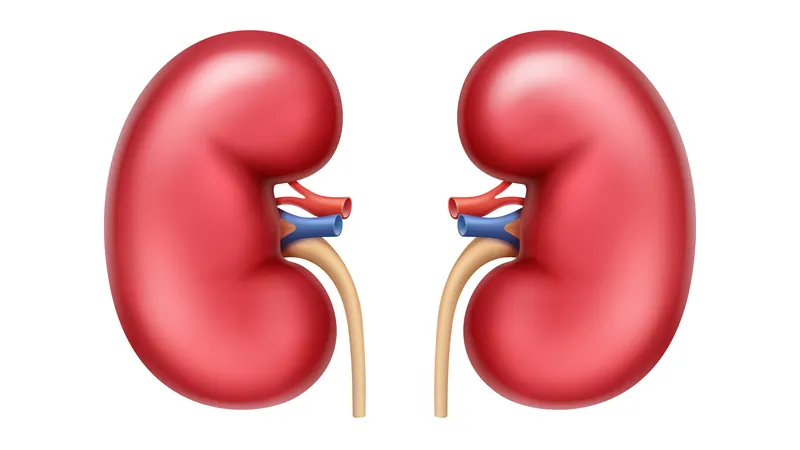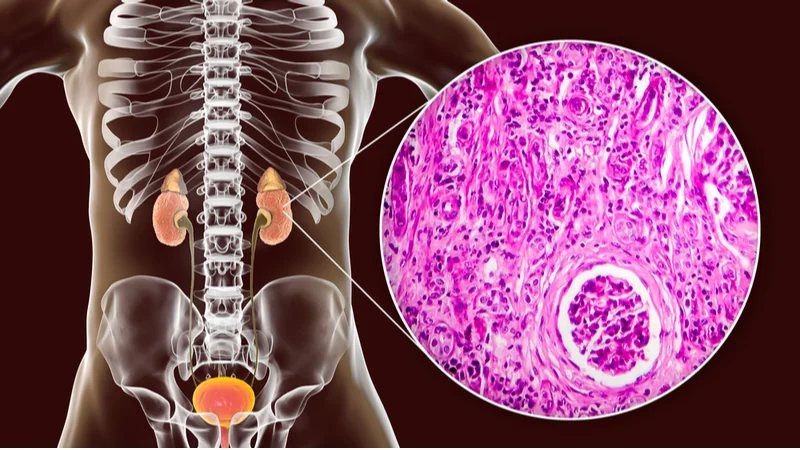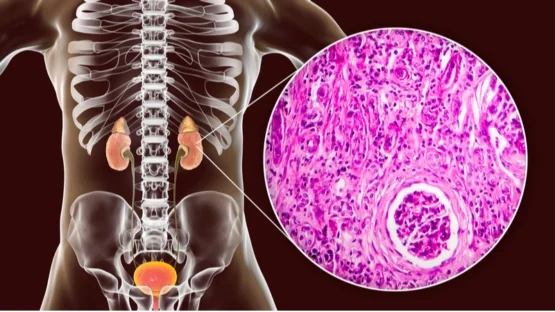
Read More
Why does this protein exist?
The researchers cite prior studies showing that periostin is partially responsible for the development of teeth and bones in embryos. A previous study on periostin-knockout (Postn-null) mice, who do not express this protein, showed that they have problems with bone development and are weaker than mice with the protein [1].
On the other hand, other studies have shown that in later life, periostin is linked to age-related diseases, including heart disease [2]. This can be taken as an example of antagonistic pleiotropy: something that is beneficial for an organism in early life is detrimental to it later in life.
Comparing mice with and without periostin
The researchers noted that periostin-knockout mice are physically different from their wild-type counterparts. Postn-null mice seem to grow more quickly, but neither their bodies nor their kidneys get as large as those of aged wild-type mic. Postn-null mice also have significantly less creatinine in their serum. Survival rate was not affected; the periostin knockout is not enough to significantly delay death due to aging.
However, Postn-null mice enjoyed several benefits. Beta-galactosidase, a key marker of cellular senescence, was reduced in Postn-null mice. They had less interstitial fibrosis and tubular atrophy; the kidneys of aged Postn-null mice generally looked like those of young mice, while aged wild-type mice visibly and significantly suffered more fibrosis than their younger counterparts according to multiple markers of senescence.
The role of lipids
The researchers analyzed the lipids between wild-type and Postn-null mice, and the differences were even more stark. With age, wild-type mice express cholesteryl esters and cholesterols many times more than they did in youth, and the researchers point out that these fats are linked to fibrosis. By comparison, Postn-null mice also express these fats only slightly more than their younger counterparts.
Interestingly, the researchers found that polyunsaturated fatty acids (PUFAs), which are reported to have a protective effect on the brain and kidneys, were actually reduced in Postn-null mice. This led them to the hypothesis that the increased production of PUFAs with age is a response to age-related damage.
The researchers also took a look into the protein interactions involved. They found that SREBP1 and ABCA1, two proteins involved in lipid metabolism, followed the same pattern as cholesterol, being greatly increased with age in wild-type mice but only slightly increased in the absence of periostin.
Conclusion
What we want to have happen, in this case, is simple: we want periostin to perform its beneficial functions and remove periostin from where it would be detrimental. However future researchers intend to accomplish such a task, it is by no means a simple one, and developing such an intervention would surely require intensive work to minimize side effects while maximizing effectiveness.
However, if such a treatment can be developed, then it might be possible to reduce senescence, inflammaging, and fibrosis, thus delaying kidney aging and possibly alleviating related age-related diseases.
Literature
[1] Conway, S.J., Izuhara, K., Kudo, Y. et al. (2014). The role of periostin in tissue remodeling across health and disease. Cell. Mol. Life Sci. 71, 1279–1288
[2] Ling, L., Cheng, Y., Ding, L., & Yang, X. (2014). Association of serum periostin with cardiac function and short-term prognosis in acute myocardial infarction patients. PLoS One, 9(2), e88755.




